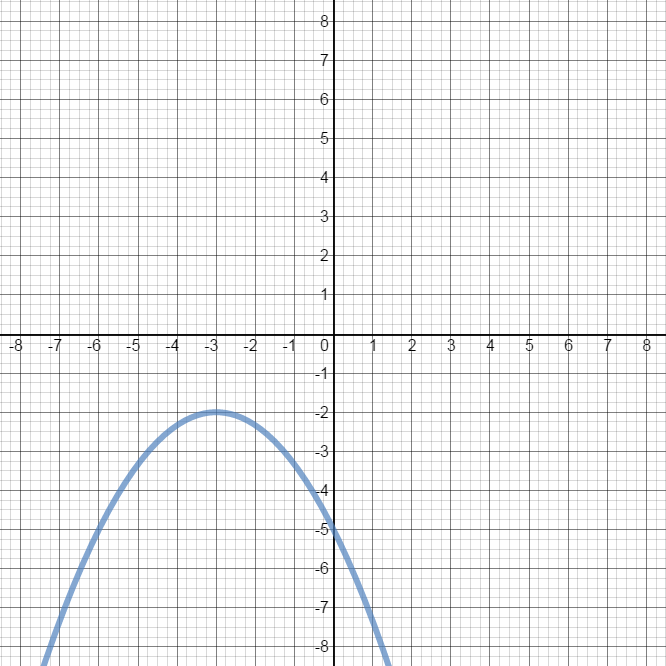
It has preliminary primality testing, finding small factors, and powers.īeing interpreted allows modifying programs and then restarting (using GOTO) in the middle of a run, even multi-day, without losing accumulated data. ECMX uses the accepted standards for limits of when to stop working with one curve and switch to the next. It is always best to use the fastest machine available. The greater the number of curves that are tested the greater the chances of success, but the number needed (on average, one can sometimes get lucky or unlucky) increases rapidly with the size of factors. (Finding factors with the elliptic curve method is always chancy for larger factors. It can find factors with the number of digits in the low-20s fairly easily, mid-20s somewhat less easily, and upper-20s with lower chance of success. APRT-CLE is often the algorithm of choice for testing primality of integers within its range.įactoring with programs such as ECMX is quite fast. Primality testing with APRT-CLE (to 884 digits) (it is best to run this under UBASIC version 8.8F or later): 500 digits said to take 5 hours on a PP-200, 150 digits takes about 16 minutes on a 486-100, about 2¼ minutes on a 250 digits takes about 13½ minutes on a Recent machines can be up to 10 times faster. Documents may be added to or modified in UBHELP.HLP. It can convert between single-byte character set and double-byte character set, but to have much use for this, the host computer would likely need an aware operating system. It can shell to DOS or execute a DOS command. It can redefine function keys, either to provide an easy one-keypress function or to prevent a standard function from being accidentally used when it shouldn't. It can trace, single step, and time by milliseconds to help determine the fastest way to do highly repetitive sections. It can renumber lines, change variable names, and append additional programs. It can show cross references to calling lines, lines containing a variable, and lists of variables/arrays. UBASIC has a built-in on-line editor with several aids for debugging. The help files have articles and lessons for beginners. Being an implementation of BASIC makes it easy to read programs without having to do extensive study, as BASIC is a language that has a structure and syntax close to ordinary algebra. It is specialized for number theory, primality testing, factoring, and large integers (up to 2600 digits).

It runs in DOS or in a DOS box under DOS shell, Microsoft Windows, etc. UBASIC is a ready-to-run language that does not need to be set up with another advanced language, which is a common problem with multi-digit math languages.

#CHIPMUNK BASIC QUADRATIC FUNCTIONS SOFTWARE#
UBASIC is a freeware ( public domain software without source code) BASIC interpreter written by Yuji Kida at Rikkyo University in Japan, specialized for mathematical computing. Freeware / Public domain (without source code)


 0 kommentar(er)
0 kommentar(er)
